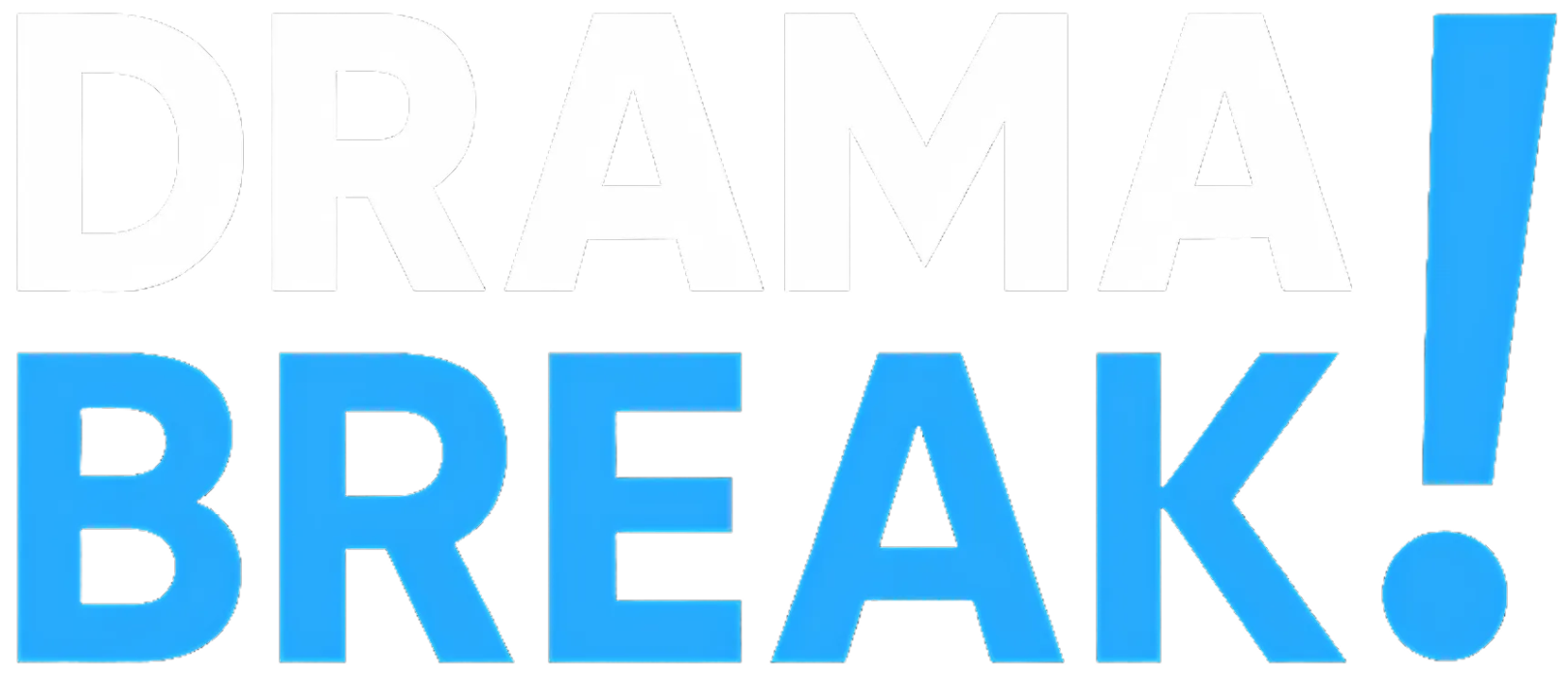Athletes prepare for years to learn pitches, anticipate opponent strikes, and make split-second choices. You’d suppose that will make them good at predicting outcomes. However in lots of instances, they don’t seem to be.
Predicting what’s going to occur is completely different from figuring out find out how to act within the second. Forecasting requires dealing with uncertainty, bias, and plenty of knowledge. When athletes step out of taking part in and into prediction, their edge typically weakens.
The What and Why of Forecasting vs Performing
When an athlete is on the sphere, success depends upon response, intuition formed by repetition, muscle reminiscence, and coaching below strain. Forecasting, in contrast, asks for judgments about unknown future occasions below uncertainty. It doesn’t actually enable the immediacy and suggestions loop athletes are used to.
Analysis helps this hole. One research measured the predictive accuracy of final result fashions for staff sports activities and located that statistical or machine studying fashions carried out a lot better than predictions based mostly on human judgment alone.
A paper within the SAR Journal reported that prediction fashions for staff sports activities are likely to have round 70% accuracy, generally between 60 and 80%, relying on how nicely area information is encoded within the options. (E.g., residence benefit, latest kind, accidents, and so forth.)
One other latest research used physiological, psychological, and coaching knowledge to construct hybrid fashions predicting athletic efficiency. These fashions outperform easier athlete-based forecasts as a result of they mixture many alerts relatively than counting on singular expertise.
Cognitive Biases Athletes Convey Into Forecasts
Even when athletes attempt to predict, a number of biases work in opposition to them:
- Overconfidence: perception that their expertise provides them particular perception; they could underestimate how a lot unseen components matter.
- Recency bias: latest wins or failures loom giant of their thoughts, pushing them to overreact.
- Affirmation bias: in the event that they count on a sure staff or playstyle to succeed, they search for proof that helps that, ignoring opposite indicators.
Philip Tetlock’s work in Professional Political Judgment and later within the Good Judgment Venture reveals that many consultants (together with these with area information) are usually solely barely higher than probability in terms of long-term or unsure forecasts.
Superforecasters, who intentionally cut back bias and check their predictions, are likely to outperform area consultants who rely primarily on expertise.
Why Analytical Fashions and Specialists Typically Beat Athlete Predictions
Analysts use giant datasets: previous efficiency, stats, context (climate, venue, opponent), and sometimes probabilistic strategies. Fashions can research hundreds of situations, evaluate many options, check what works, and discard what doesn’t.
For instance, in a research evaluating statistical fashions vs knowledgeable predictions of NFL video games, some fashions carried out as nicely or higher than consultants in predicting winners. Specialists typically did worse when the match had many unsure or altering variables.
One other mannequin that checked out staff sports activities predictions in latest literature discovered accuracies round 70% if the mannequin makes use of high quality inputs, however efficiency drops if area information is weak or has lacking options.
Actual World Case: Athletes, Analysts, and Tipsters
In lots of sports activities broadcasts, former athletes are requested to forecast match outcomes. These are sometimes narrative-based, influenced by what they’ve lived and felt.
In the meantime, fashions based mostly on knowledge or betting markets typically show extra correct over time. There’s empirical proof that “tipsters” (individuals who give predictions, typically in betting contexts) carry out worse than prediction markets or modelled forecasts. An older research in German soccer confirmed that betting odds and prediction markets outperform particular person tipsters in forecast accuracy.
In India, a few of these tipster boards have reputations. As an example, many followers deal with India’s oldest cricket tipsters platform as having deep information, however its forecasts are nonetheless topic to all the same old human errors: overconfidence, recency, insider bias, and restricted knowledge. When put next with model-driven or collective forecasts, even sturdy tipsters typically lag.
Psychology of Forecasting: What Athletes Have to Study
Some research (e.g. machine studying work combining biometric, psychological, and coaching options) present that including psychological measures, like determination consistency, resilience, and psychological toughness, can enhance prediction.
Tetlock’s analysis reveals traits like open-mindedness, willingness to replace beliefs, and pondering in possibilities correlate with higher forecasting.
What It Means for Followers, Media, and Athletes
When former gamers are requested to foretell, deal with their forecasts as insights, not data-driven possibilities. Analysts and fashions present one other type of worth: consistency and calibrated possibilities.
The media ought to pair athlete commentary with analytical or model-based forecasts. Followers following predictions (in fantasy leagues, punditry, dialogue boards) profit extra in the event that they see chance, context, and uncertainty, and never simply intestine feeling.
So, for these searching for forecasts, former athletes or the athletes themselves ought to solely actually be certainly one of your sources or guides. Their predictions ought to by no means actually be handled as the one correct forecasts.

